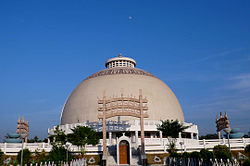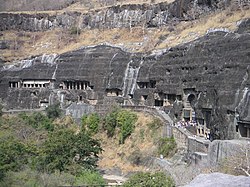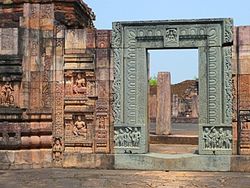Andhra Pradesh



This is a list of Buddhist temples, monasteries, stupas, and pagodas in India for which there are Wikipedia articles, sorted by location.



Buddhist caves exist in following places in Goa:[ citation needed ]
Buddha images have been found in several places, and some temples, some are still in worship and are considered now as Hindu gods. Monasteries used to exist in many places, and it can be seen from the names of the modern villages. For example, Viharas have been found in modern Divachali or ancient Dipakavishaya, Lamgaon or ancient Lamagrama and many other places.[ citation needed ]








